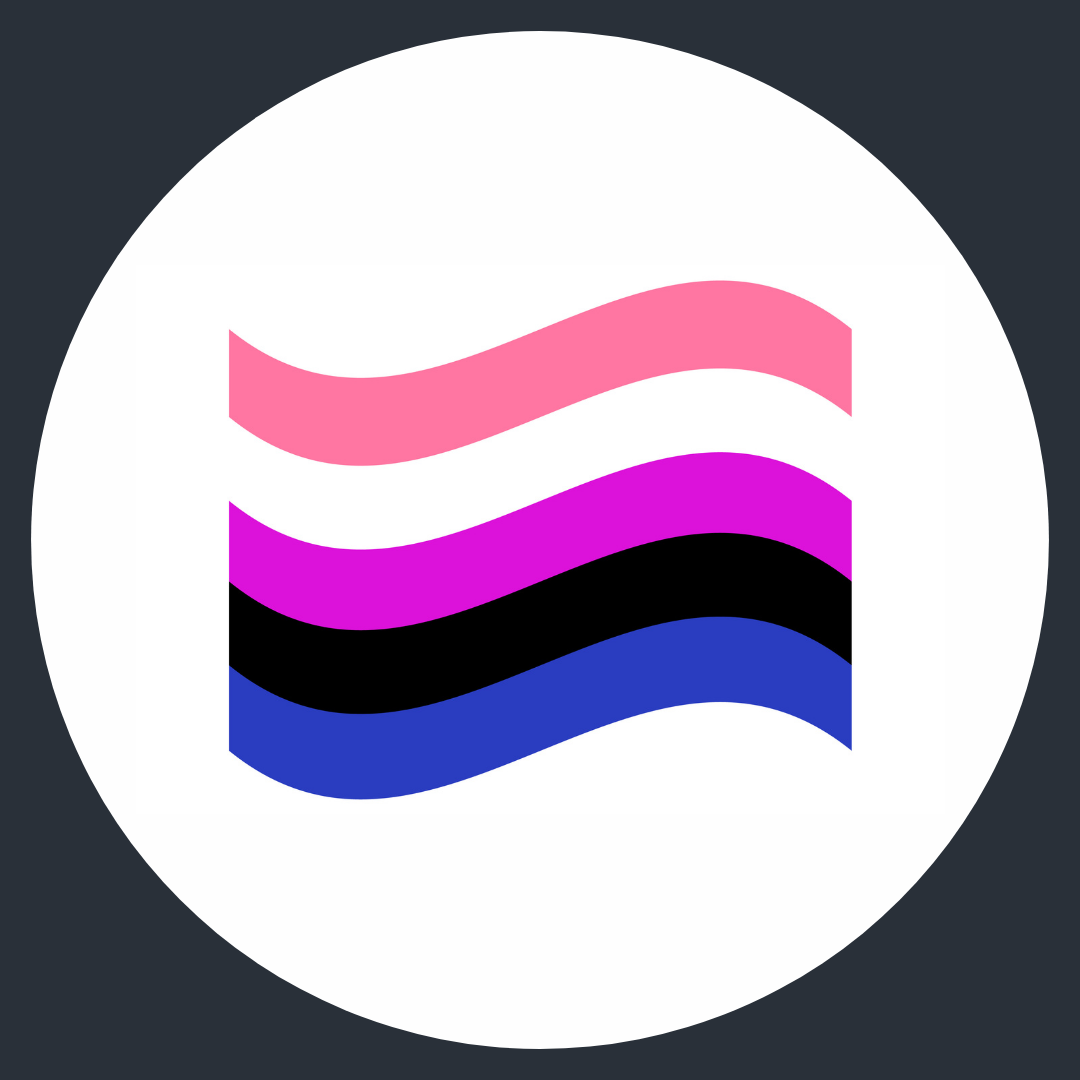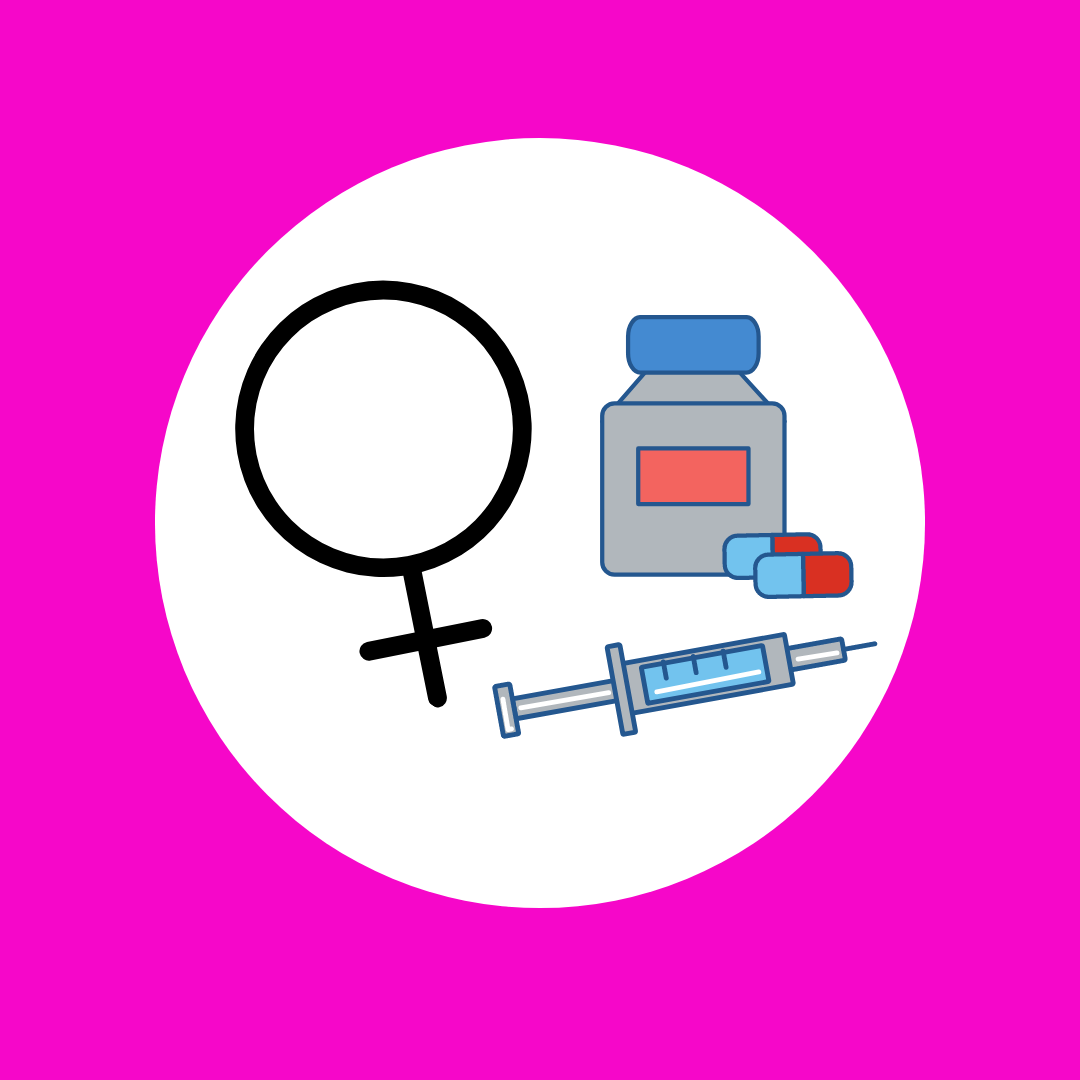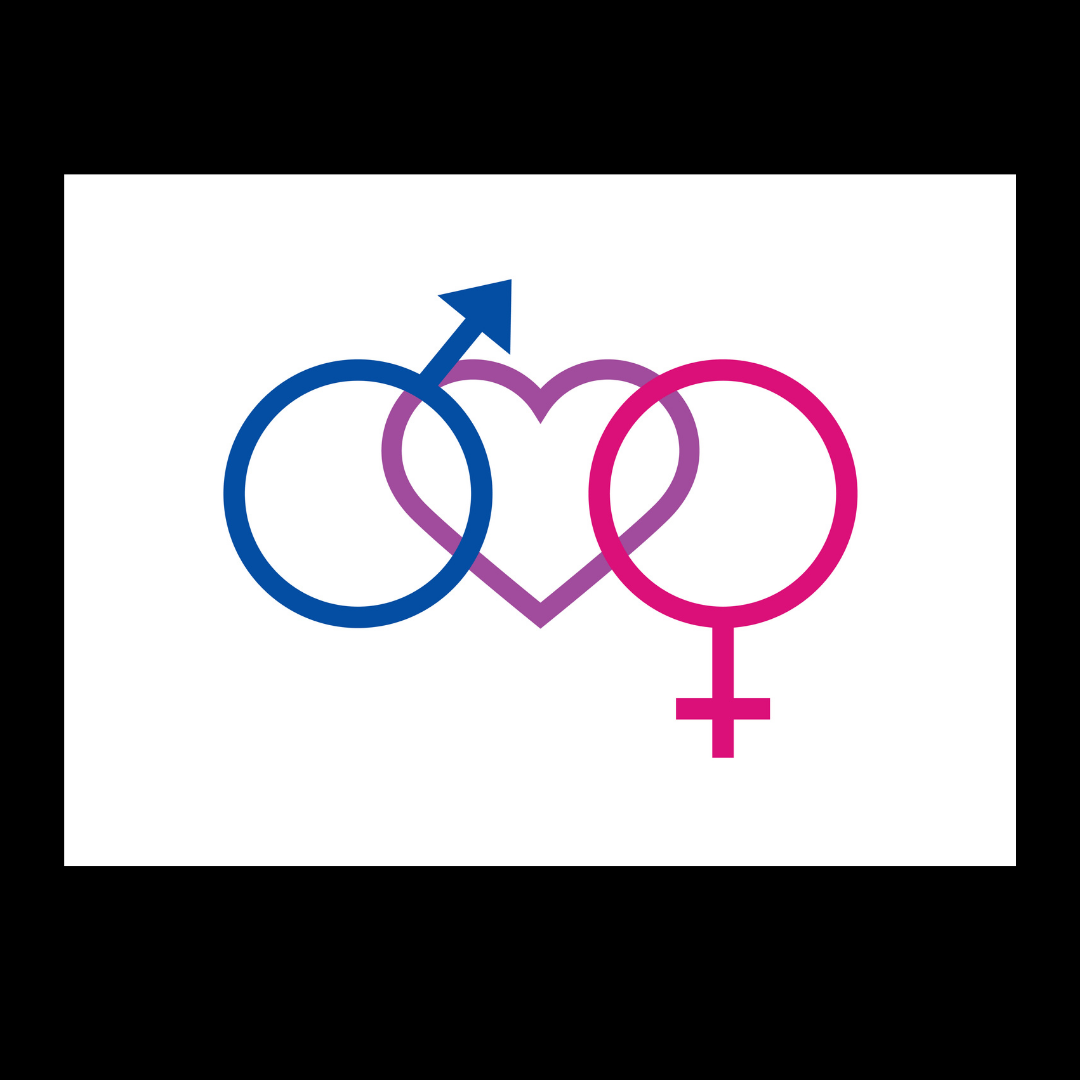What Does It Mean To Be Gender Fluid?
Do you ever feel like you aren’t entirely male or female, or like you’re a little bit of both? Or do you know someone who might be struggling to identify themselves and doesn’t seem to fit into the gender norms and expectations of what is conventionally masculine or feminine?
Perhaps the word “gender fluid” is the term you’re looking for. In this blog post, we look into what it means to be gender fluid and answer some questions to help you (or your friends) decide if this identity feels right for you!
What Is The Meaning of Gender Fluid?
There are many different ways that people can identify with their gender and express themselves, including as male, female, or somewhere in between.
According to the Human Rights Campaign, the “gender fluid” definition is “a person who does not identify with a single fixed gender or has a fluid or unfixed gender identity”. This means that the person's gender identity can fluctuate over time.
What Is Gender, Anyway?
‘How can a person be gender fluid?’ you might ask. Isn’t gender just male and female?
Let’s back up a bit and talk about SOGIE first. SOGIE stands for sexual orientation, gender identity, and gender expression. According to Merriam-Webster, sexual orientation refers to a person’s “sexual identity or self-identification as bisexual, straight, gay, pansexual, etc.” In a sense, sexual orientation describes who you’re attracted to physically and/or romantically.
On the other hand, gender, as defined by the WHO, refers to “the characteristics of women, men, girls and boys that are socially constructed”, including roles and behaviours associated with them. In a nutshell, a person's gender identity is how you perceive yourself – your internal, personal understanding of being male, female, a girl, a boy, both, or neither. Meanwhile, gender expression consists of your behaviour, or how you outwardly express your identity.
The WHO goes on to add that, “as a social construct, gender varies from society to society, and can change over time”. That part is important because, for a long time, much of the Western world has seen gender as either/or, male or female.
But gender isn’t as black-and-white in other cultures. In India, the hijra or kinnar are transgender or intersex people who are recognized as a third gender. In North America, some Indigenous people identify as “two-spirit”, or one who has both a masculine and feminine spirit within them.
Today, the West is beginning to embrace a similar, non-binary understanding of gender as well. And as such, new terms are emerging to describe genders that have existed since time immemorial but have been largely ignored – or worse, oppressed.
Still confused? Instead of seeing gender as plainly male or female, consider it as a spectrum or a scale between masculine and feminine. Some people may identify somewhere along the spectrum or outside it altogether.
Is Gender Fluid The Same As Genderqueer, Transgender, Or Non-Binary?
To be non-binary (NB) means that you don’t identify exclusively as a man or a woman and thus don’t conform to the binary understanding of gender. Similarly, genderqueer-identifying people tend to see their gender identity as “queer” or outside of the mainstream understanding of gender.
Meanwhile, gender fluid people tend to understand their gender identity as something that is always in flux. Some days, they may identify as more male, some days more female, and other days genderless or a mix of both.
In most cases, the umbrella term is gender non-conforming or NB. But it should be noted that not all gender non-conforming or NB people feel that their gender changes and thus might not be comfortable identifying with gender fluidity.
Other similar genders that fall under the NB umbrella include:
- Genderflux
- Gender non-conforming
- Neutrois
- Bigender
- Agender
- Pangender
- Demiboy
- Demigirl
If you’re confused as to why there are so many intersecting and sometimes conflicting terms, don’t worry. In a piece by Vice, psychologist Lou Himes states that these terms were all borne from personal experience and that “there are no concrete definitions to go by”.
This means that the gender-fluid definition versus the genderqueer definition may be different from person to person. Their usage in medicine and academia is fairly new as well. But, as aptly said in the article, there is beauty in it too: “Each person can interpret their differences for themselves and identify with the one that resonates most with them”.
Tangentially, some NB people may identify as trans or feel that they fall under the trans umbrella because non-binary people often tend to share similar experiences with transgender people. For example, some NB and trans people experience body dysphoria, or the feeling of being uncomfortable in one’s body due to a “disconnect” between one’s assigned gender at birth and one’s self-identification. To combat this, they may opt to undergo gender-affirming steps like hormone therapy, pronoun changes, and legal name changes.
However, it should be noted that not all transgender people identify as NB or gender fluid. Trans individuals are people whose gender does not align with their sex assigned at birth.
Is Gender Fluidity The Same As Sexual Fluidity?
A sexually fluid person can be attracted to different genders, such as in the case of bi, pan, or polysexual people. But just because one identifies as sexually fluid, it doesn’t mean that they identify as gender fluid and vice versa.
This is because gender identity and sexual orientation are two completely different and independent aspects of one’s identity. Gender identity doesn’t have to correspond to a certain sexual orientation, in the same way that a man should not automatically be assumed to be attracted to women or women alone.
So think of it this way: sexual fluidity is about being flexible with who you’re attracted to. Gender fluidity is about being flexible about how you see yourself on the gender spectrum.
What Pronouns Do Gender Fluid People Use?
In the same way that there are many different terms for gender non-conforming identities, there are also many different kinds of pronouns that one can go by.
The most common pronouns for gender fluid people are they/them/theirs. Both the Oxford Dictionary and the Merriam-Webster Dictionary recognize the singular they.
Other gender neutral pronouns include:
- ze/zir/zirs
- xe/xem/xir
- sie/hir/hirs
How Do You Know If You’re Gender Fluid?
There are several ways you can explore your gender identity and potential gender fluidity. Here are just a few examples:
- Think about your relationship with gender and your sex assigned at birth. Without pressure from your parents, elders, and peers, how would you identify personally? Would you be more comfortable with a fixed identity, regardless of whether it aligns with your sex assigned at birth? Or do you see your gender as something that can change over time?
- Find other people who identify as NB or gender fluid or join an online community for LGBTQ2S. Ask them if they’re willing to share their experiences of coming to terms with their own identity and figuring out their gender expression. Open up about how you feel about yours, and don't be shy to ask for advice. In most cases, they won't mind!
- Read up and find resources! Watch YouTube videos from trans and NB creators, follow LGBTQ2S people on Twitter and Instagram, and read queer-centric publications like Them.us, Out, The Advocate, etc. You can also look at gender-fluid celebrities like actor Ruby Rose, musician Miley Cyrus, drag queen Violet Chachki, and actor Ezra Miller for inspiration.
- Seek advice from a therapist. There are mental health professionals who specialize in counselling LGBTQ patients. These types of people will be equipped to handle the weightier aspects of your journey, such as body dysphoria, anxiety and depression, peer pressure, coming out, bullying, and the like.
How Can You Support A Friend Who Has Come Out As Gender Fluid?
If you’re reading this article because a friend or a relative has come out to you as gender-fluid, first things first: pat yourself on the back for being a good ally! While there are many ways you can support a friend who has just come out, the best thing you can do is to listen, be present, and be open-minded.
Here are some key points to remember when talking to a gender-fluid or NB friend:
- Be patient. Not everyone will be ready to discuss or even acknowledge certain aspects of their gender identity. Don’t try to push them out of the closet, either. Instead, find ways to let them know that you will accept them no matter what.
- Don't ask them if they're sure. This can make one feel like their concerns are not being taken seriously. Research has shown that children as young as 3 to 5 years old can feel that they are in a different gender group as their assigned sex at birth.
- Respect their pronouns and name change. Words matter – they help us identify ourselves and feel validated in what we identify as. If a friend wishes to be referred to with new words like a neutral pronoun or a new name, make an effort to use these. Don’t deadname (use their old name) your friend. And if you mess up, don’t make it about you. Just acknowledge your mistake and quickly move on without making a fuss.
- Show your support at big moments, such as when they come out to their parents or children, change their name or gender markers in legal documents, or join an organization.




Leave a comment
This site is protected by hCaptcha and the hCaptcha Privacy Policy and Terms of Service apply.